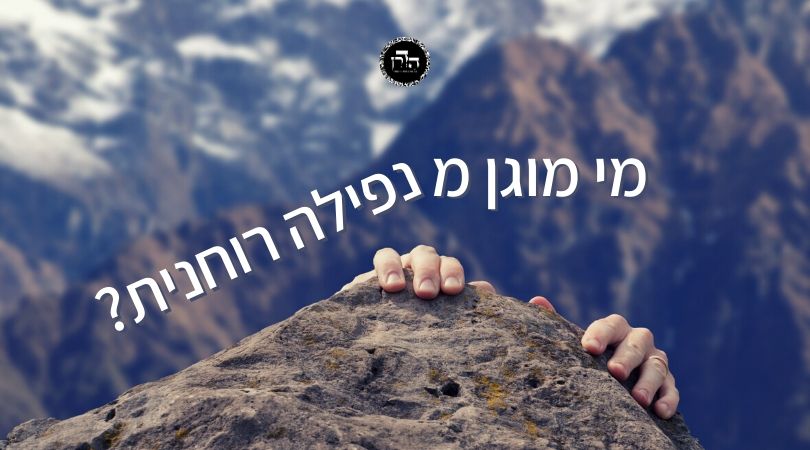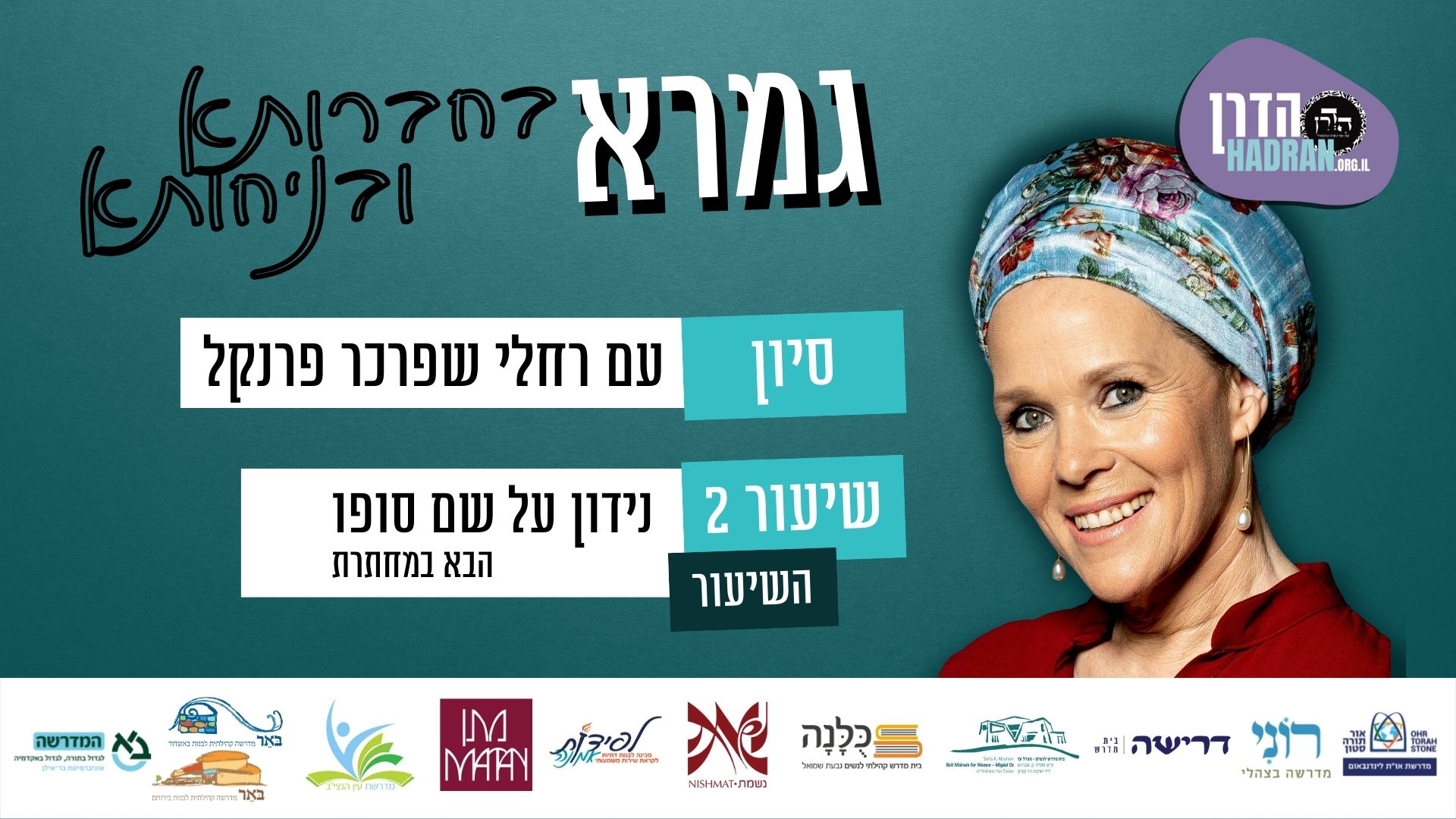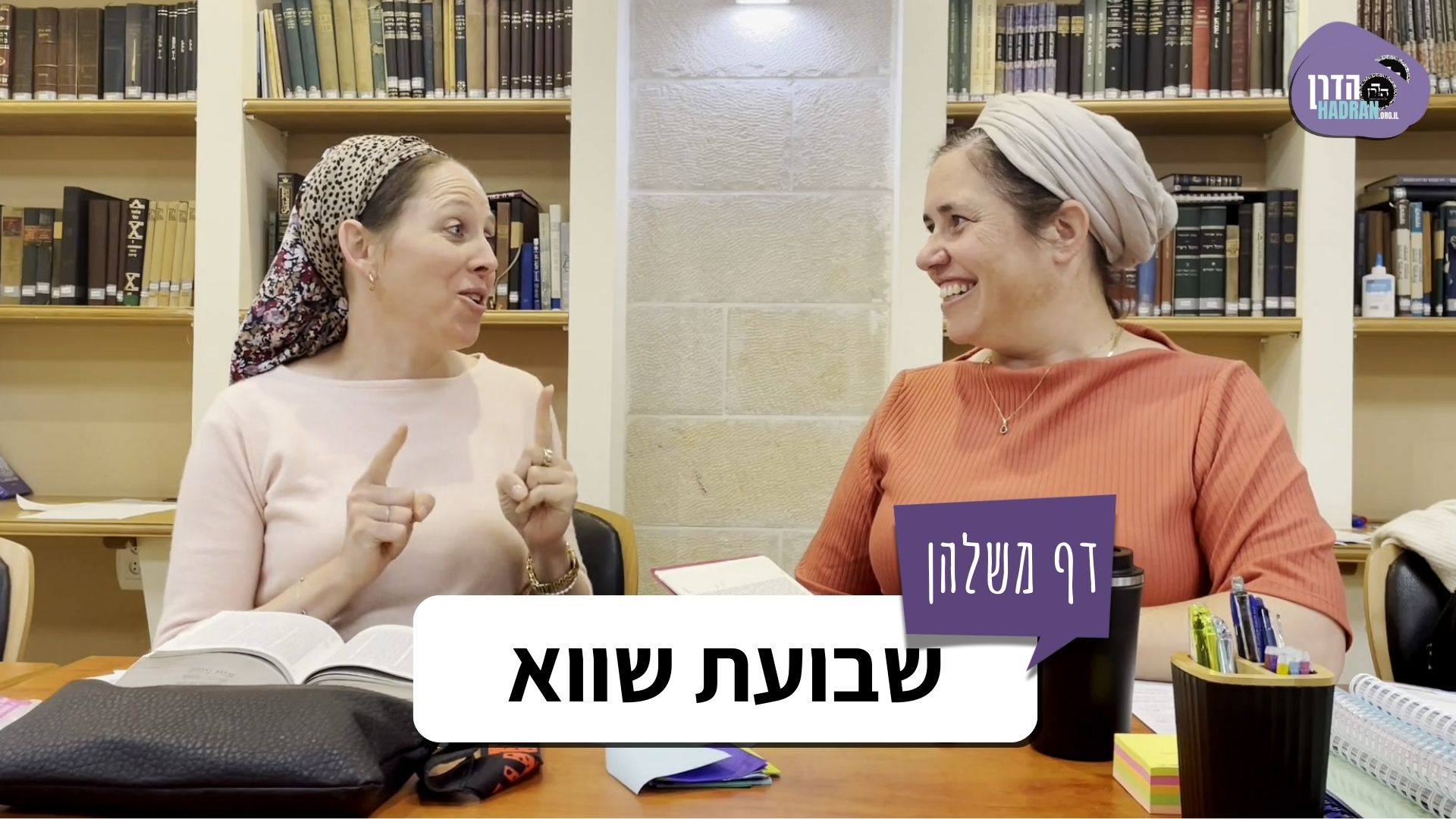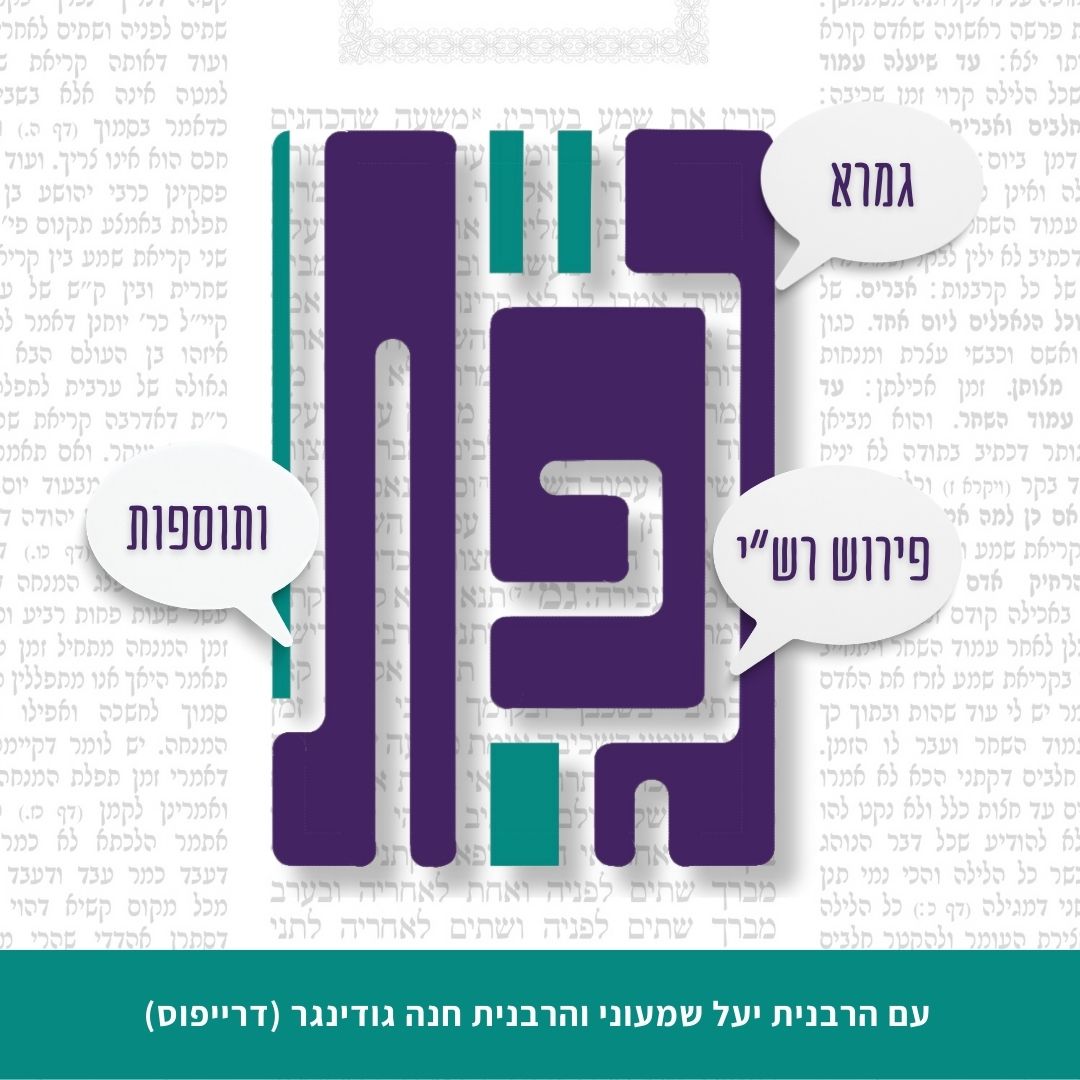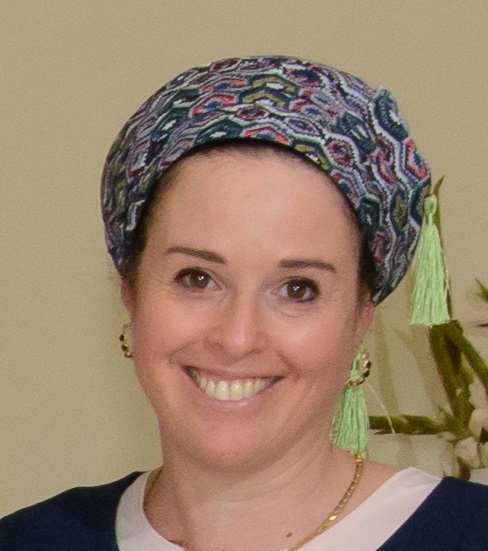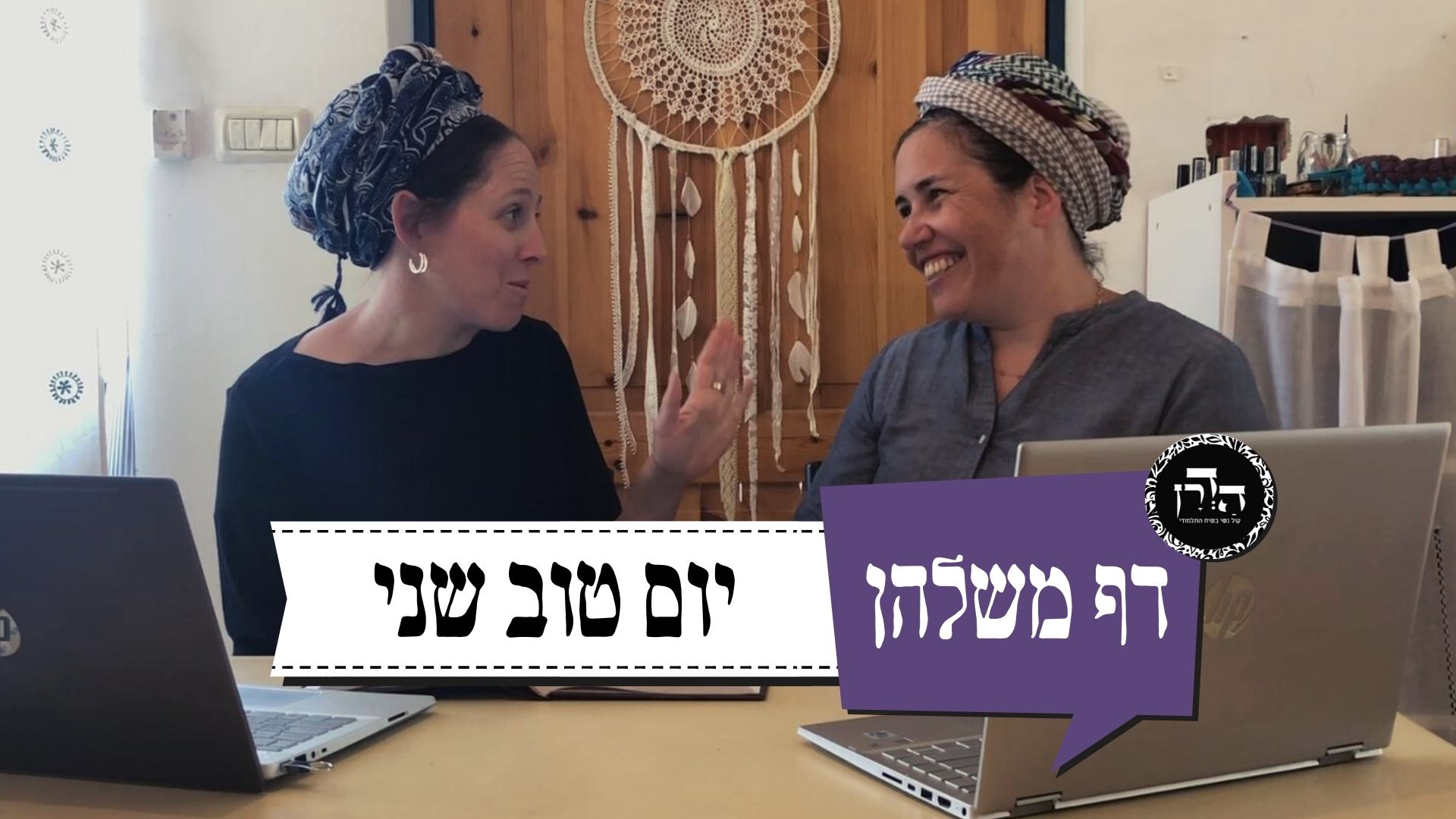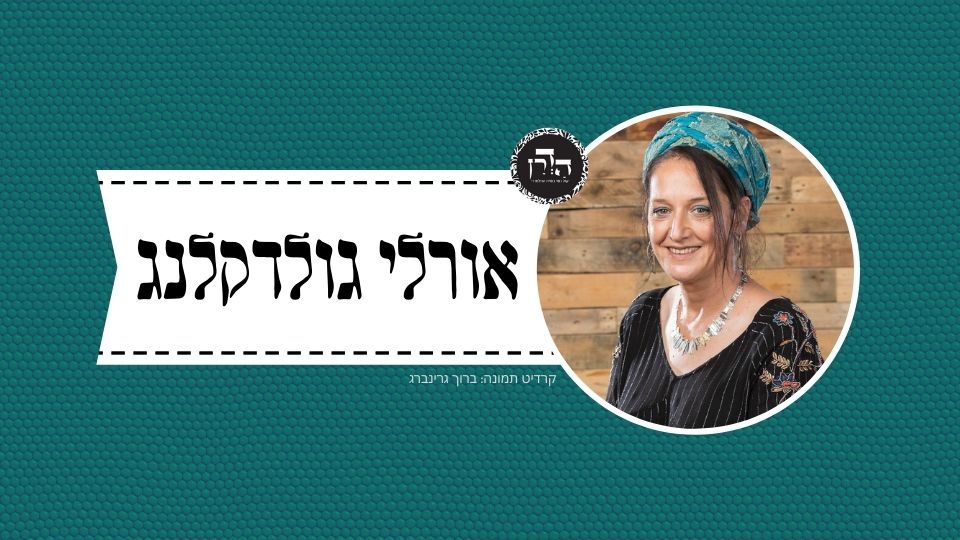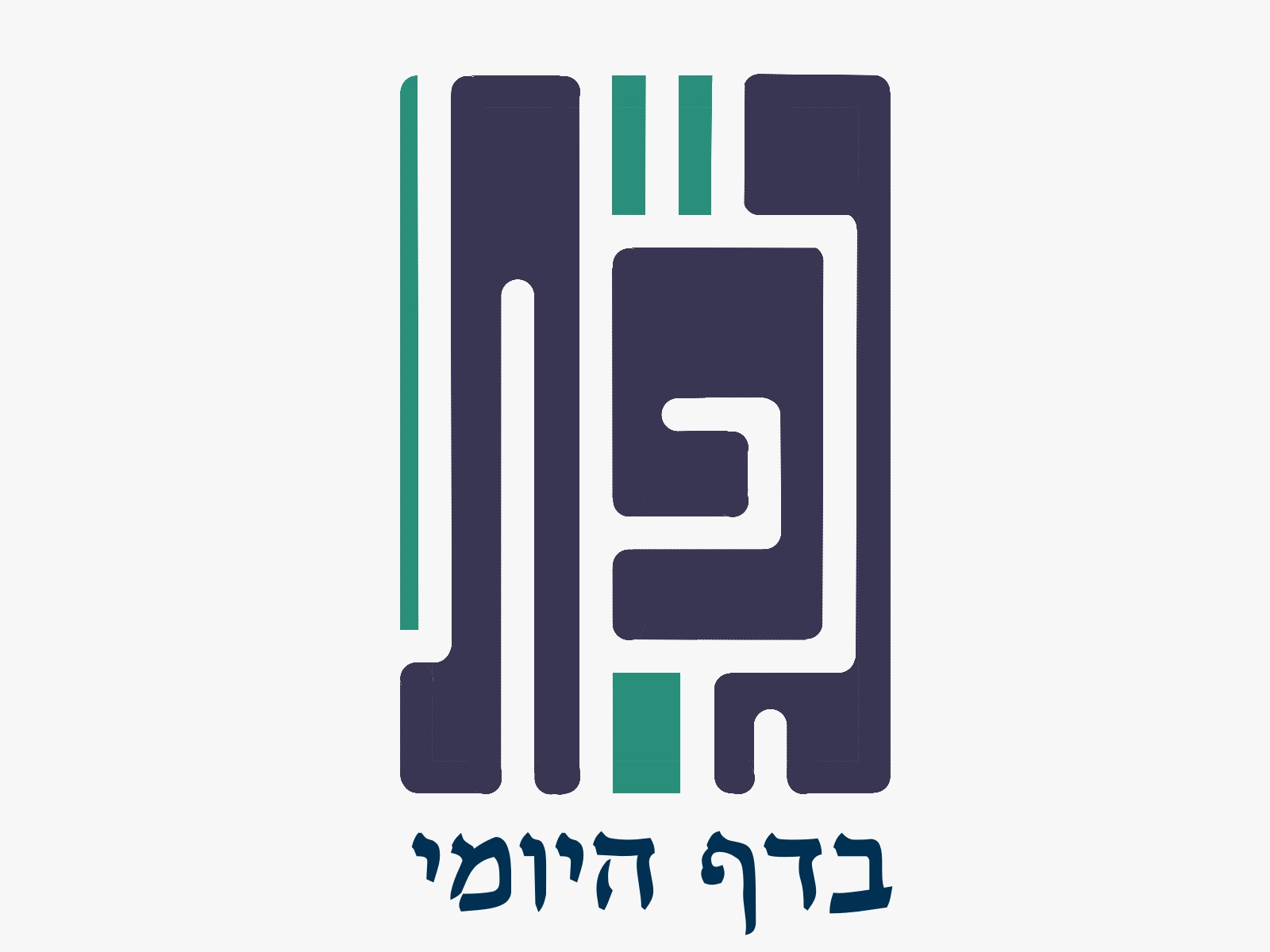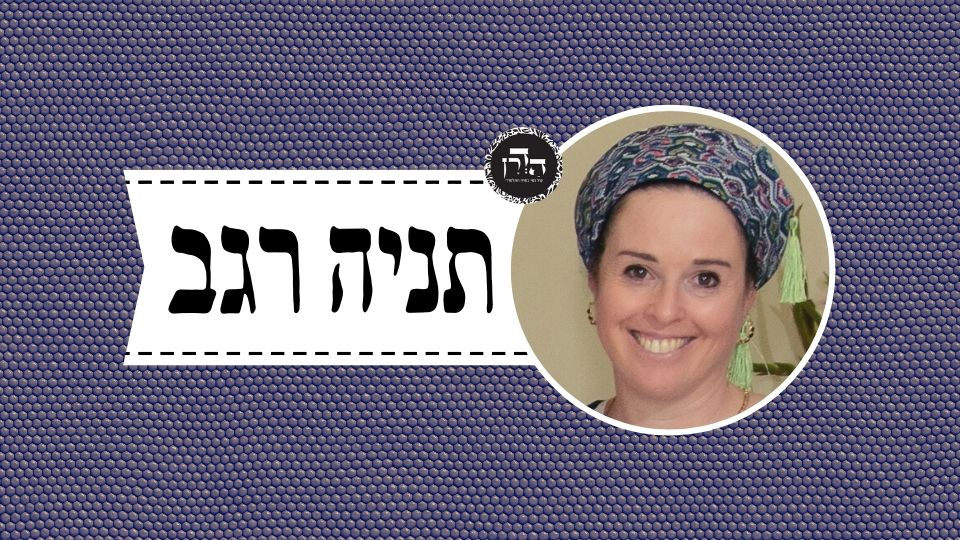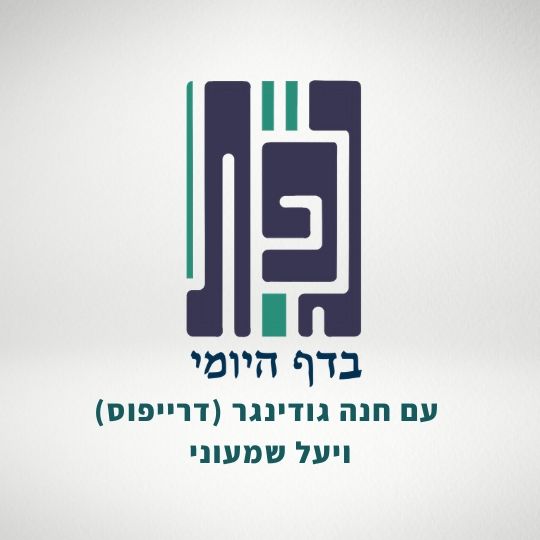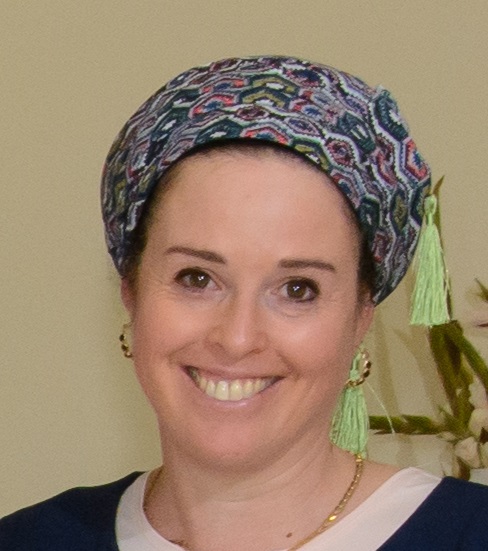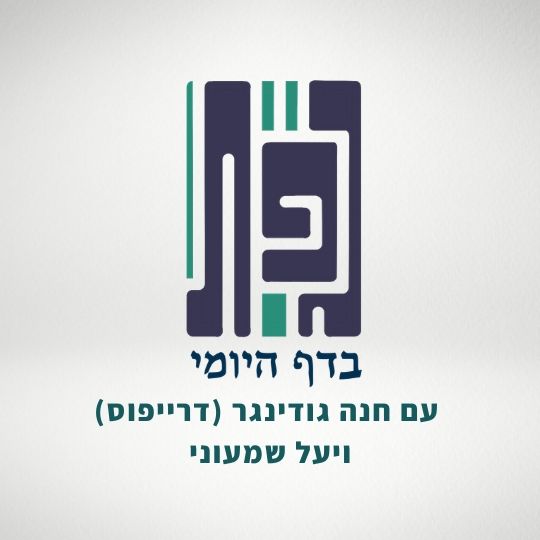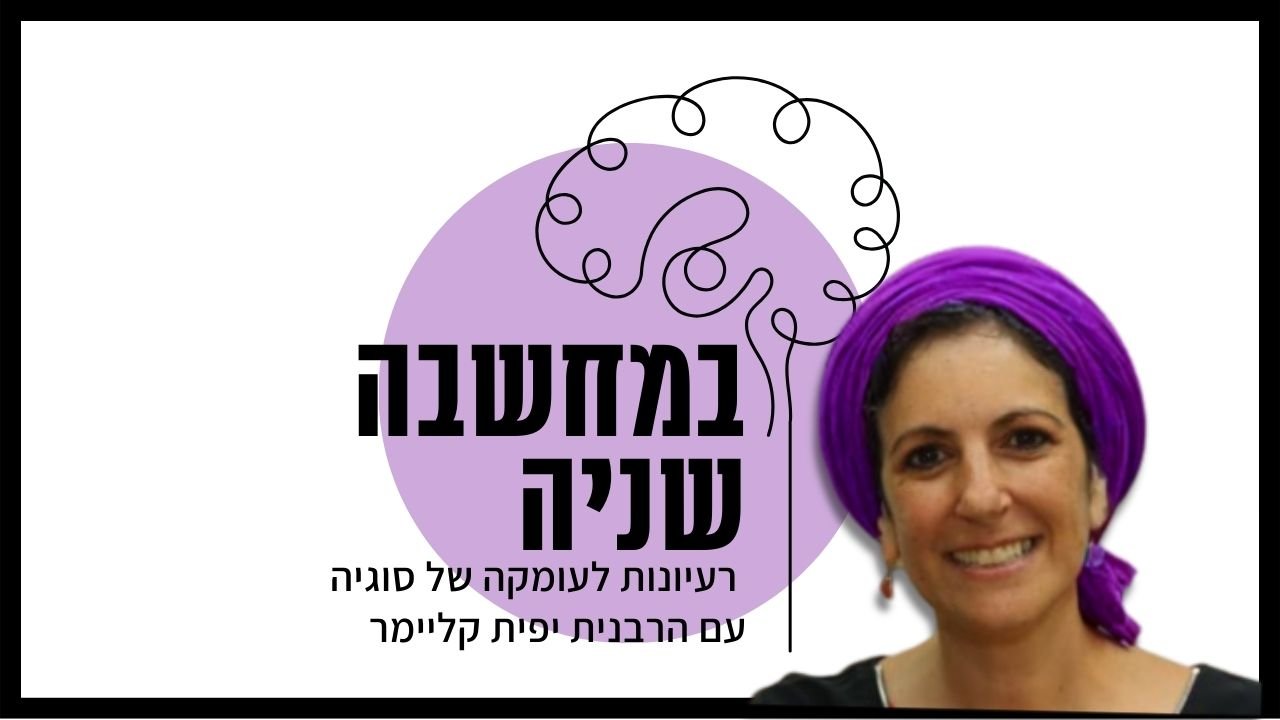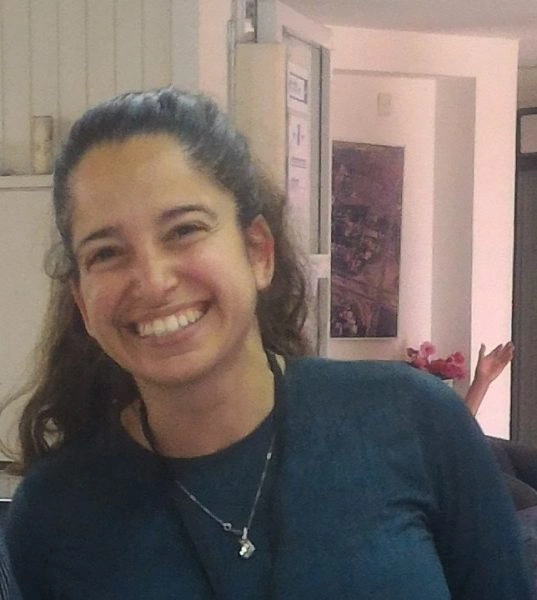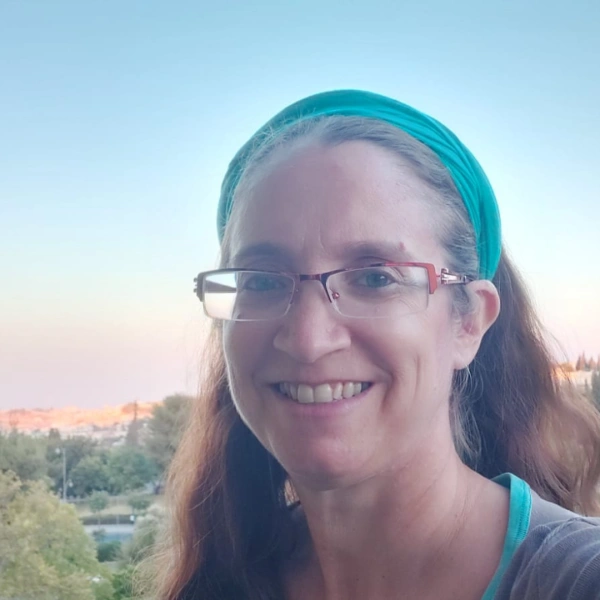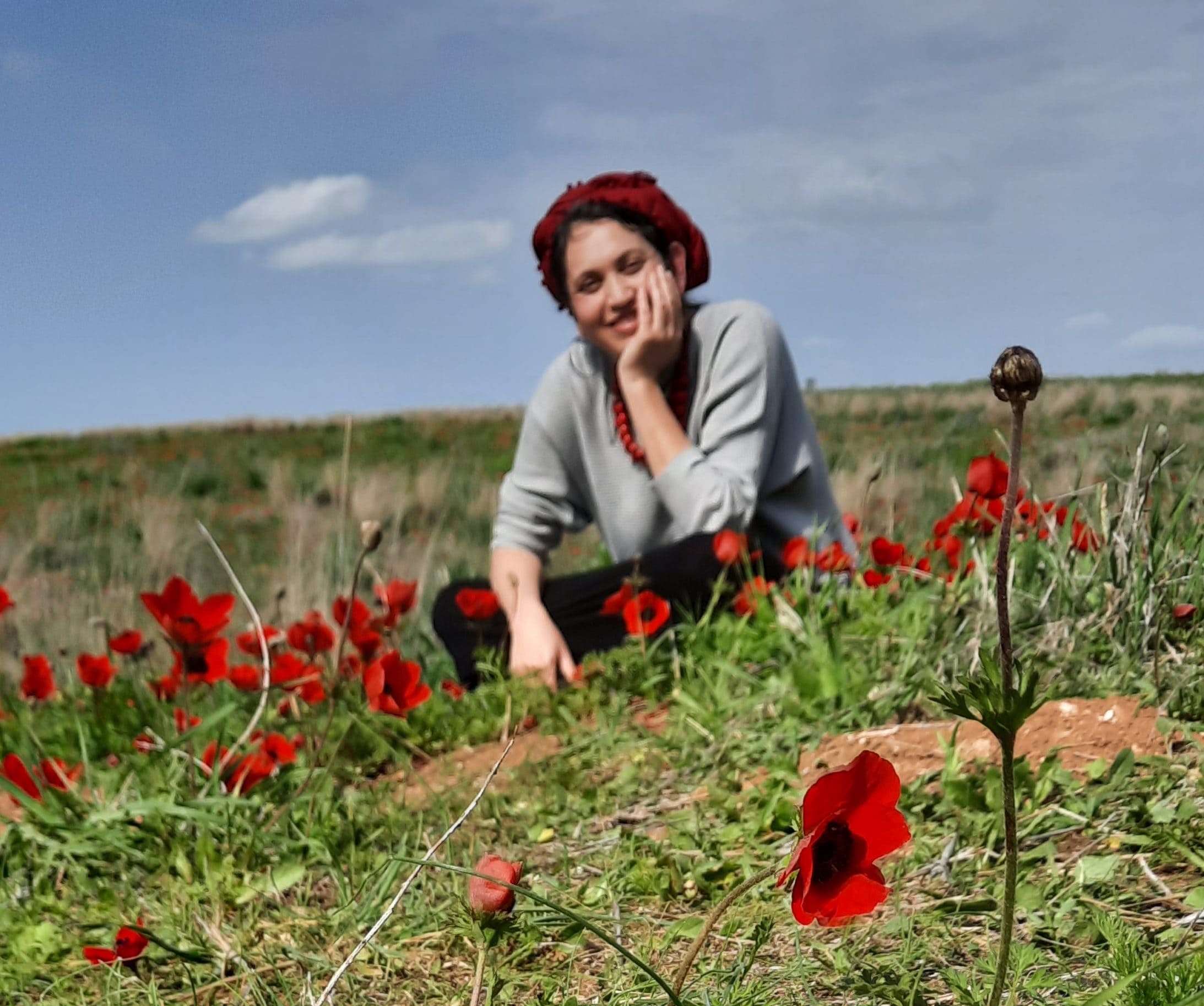מה הבסיס למחלוקות ר’ אליעזר וחכמים בעניין כוי בנושאים של אותו ואת בנו, כיסוי הדם ומתנות כהונה? באיזה סוג של כוי חולקים (אמא תיישה או אמא צבייה?) דעות אחרות בעניין זיהוי הכוי מובאים. משנתינו לא תואמת דעת ר’ שמעון שרואה כל שחיטה שאינה ראויה אינה נקראת שחיטה – כולל כל קרבן שנשחט כי שחיטתו אינה מתירה באכילה ועל כן אין שום איסור של אותו ואת בנו. לפי המשנה, למה לא כתוב שמקבלים מלקות נוספות על הבאת קרבן מחוסר זמן למקדש? שני תירוצים מובאים.<
הלימוד השבוע מוקדש ע”י קרוליין בולג לע”נ פנחס בן מנשה פייזר.
רוצה להקדיש שיעור?

כלים
הלימוד השבוע מוקדש ע”י קרוליין בולג לע”נ פנחס בן מנשה פייזר.
כלים
העמקה
רוצה להבין מה באמת קורה מתחת לפני השטח של הסוגיה?
שיעורים, פודקאסטים והרחבות של מיטב המורות שלנו יפתחו לך עוד זוויות וכיווני חשיבה.
חדשה בלימוד הגמרא?
זה הדף הראשון שלך? איזו התרגשות עצומה! יש לנו בדיוק את התכנים והכלים שיעזרו לך לעשות את הצעדים הראשונים ללמידה בקצב וברמה שלך, כך תוכלי להרגיש בנוח גם בתוך הסוגיות המורכבות ומאתגרות.
פסיפס הלומדות שלנו
גלי את קהילת הלומדות שלנו, מגוון נשים, רקעים וסיפורים. כולן חלק מתנועה ומסע מרגש ועוצמתי.
חולין פ
בשה ואפי’ מקצת שה רבנן סברי שה ואפי’ מקצת שה ורבי אליעזר סבר שה ולא מקצת שה
They disagree concerning whether the word “sheep” mentioned in the verses indicates that even if it is partially a sheep, it is considered a domesticated animal. The Rabbis hold that the word “sheep” indicates that even if it is partially a sheep it is considered a domesticated animal, and Rabbi Eliezer holds that the word “sheep” indicates that it must be descended entirely from sheep or other domesticated animals, but not partially descended from sheep.
אמר רב פפא הלכך לענין כסוי הדם ומתנות לא משכחת אלא בצבי הבא על התיישה
Rav Pappa says: Therefore, the cases relating to a koy must be interpreted in accordance with this understanding of the disagreement between Rabbi Eliezer and the Rabbis. With regard to the matter of covering the blood of a koy, which the mishna indicates is performed due to uncertainty as to whether a koy is an undomesticated animal, and with regard to the gifts of the priesthood, which the Rabbis require to be given from a koy as from a domesticated animal, but Rabbi Eliezer does not, you find a way to interpret the cases only if they are referring to a koy resulting from a deer who mates with a female goat.
דבין לרבנן ובין לר’ אליעזר מספקא להו אי חוששין לזרע האב או לא
This is so because, according to the aforementioned conclusions about their opinions, both according to the opinion of the Rabbis and according to the opinion of Rabbi Eliezer it is uncertain whether one needs to be concerned with paternity, and the koy is considered partially an undomesticated animal, or one need not be concerned, and it is considered entirely domesticated.
וקא מיפלגי בשה ואפילו מקצת שה
And they disagree as to whether the word “sheep” means that even if it is partially a sheep it is considered a domesticated animal. Therefore, the mishna, which requires one to cover the blood of a koy whose father is a deer due to uncertainty, is in accordance with the opinion of the Rabbis, because they, as opposed to Rabbi Eliezer, hold that if an animal has a domesticated component, it is considered a domesticated animal, and with regard to covering the blood if the animal has an undomesticated component, the animal is considered undomesticated. As for the gifts of the priesthood, the Rabbis require half of them to be given from this koy, as it has a domesticated component from its mother, while Rabbi Eliezer exempts one from giving them, as he holds that an animal’s parents must both be domesticated to qualify the animal as domesticated.
לענין אותו ואת בנו משכחת לה בין בתייש הבא על הצבייה ובין בצבי הבא על התיישה
Rav Pappa continues: With regard to the matter of the prohibition against slaughtering an animal itself and its offspring on the same day, which the Rabbis hold applies to a koy but Rabbi Eliezer does not, you find such a case either with regard to a koy who is the daughter of a goat who mates with a doe, or with regard to a koy who is the daughter of a deer who mates with a female goat.
בתייש הבא על הצבייה ולאיסורא דרבנן סברי דילמא חוששין לזרע האב שה ואפי’ מקצת שה אמרינן ואסור
Rav Pappa explains: The case may be referring to a koy who is the daughter of a goat who mates with a doe, and it relates to a prohibition, i.e., whether slaughtering it and its offspring in one day is prohibited ab initio, as the Rabbis hold: Perhaps one needs to be concerned with its paternity, and this koy is therefore considered part domesticated, and we say that the word “sheep” means that even if it is partially a sheep this prohibition applies, and its slaughter on the same day as its daughter is prohibited ab initio, although one does not receive lashes for it as it is not a definite transgression.
ורבי אליעזר סבר נהי נמי דחוששין לזרע האב שה ואפילו מקצת שה לא אמרינן
And Rabbi Eliezer holds: Though one indeed needs to be concerned with its paternity, and this koy is considered partially domesticated, we do not say that the word “sheep” means that even if it is partially a sheep the prohibition applies. Therefore, its slaughter on the same day as its offspring is permitted.
בצבי הבא על התיישה ולמלקות רבנן סברי נהי נמי דחוששין לזרע האב שה ואפילו מקצת שה אמרינן ומלקינן ליה ורבי אליעזר סבר איסורא איכא מלקות ליכא
Additionally, the case under dispute may be referring to a koy who is the daughter of a deer who mates with a female goat, and it relates to whether slaughtering it and its offspring in one day renders one liable to receive lashes. The Rabbis hold: Though one indeed needs to be concerned with its paternity, and this koy is considered partially undomesticated, we say that the word “sheep” means that the prohibition applies even if it is partially a sheep, such as this koy, and one who slaughters it and its offspring on one day is flogged. And Rabbi Eliezer holds: There is a prohibition against slaughtering this koy and its offspring on the same day, but if one slaughtered them there are no lashes.
איסורא איכא דלמא אין חוששין לזרע האב והאי שה מעליא הוא מלקות ליכא דלמא חוששין לזרע האב
The Gemara explains: There is a prohibition in the case of this koy that is itself a mother, since perhaps one need not be concerned with its paternity, and therefore this koy is a full-fledged sheep, like its mother. Due to uncertainty, there are no lashes for violating the prohibition because perhaps one needs to be concerned with its paternity, in which case this koy is only a partial sheep.
ושה ואפילו מקצת שה לא אמרינן
And according to Rabbi Eliezer, we do not say that the word “sheep” means that even if it is partially a sheep it is subject to the prohibition. Therefore, one is not flogged for slaughtering this koy on the same day as its offspring, as lashes are administered only when the witnesses give the transgressor a definite forewarning against violating the prohibition. Since the prohibition in this case is uncertain, any forewarning would be uncertain.
אמר רב יהודה כוי בריה בפני עצמה היא ולא הכריעו בה חכמים אם מין בהמה היא אם מין חיה היא רב נחמן אמר כוי זה איל הבר
§ Until this point, the Gemara considered the koy to be the result of interbreeding a deer and a goat. The Gemara now cites other opinions as to its identity: Rav Yehuda says: A koy is a distinct entity, and the Sages did not determine whether it is a species of domesticated animal or a species of undomesticated animal. Rav Naḥman says: The koy is the wild ram.
כתנאי כוי זה איל הבר וי”א זה הבא מן התייש ומן הצבייה ר’ יוסי אומר כוי בריה בפני עצמה היא ולא הכריעו בה חכמים אם מין חיה אם מין בהמה רבן שמעון בן גמליאל אומר מין בהמה היא ושל בית דושאי היו מגדלין מהן עדרים עדרים
The Gemara notes that this dispute is like a dispute between tanna’im cited in a baraita: The koy is the wild ram, and there are those who say: It is that which results from the mating of a goat with a doe. Rabbi Yosei says: A koy is a distinct entity, and the Sages did not determine whether it is a species of undomesticated animal or a species of domesticated animal. Rabban Shimon ben Gamliel says: It is a species of domesticated animal, and the members of the house of Dushai would raise flocks and flocks of them, as with other domesticated animals.
אמר ר’ זירא א”ר ספרא אמר רב המנונא הני עזי דבאלא כשרות לגבי מזבח סבר לה כי הא דאמר ר’ יצחק עשר בהמות מנה הכתוב ותו לא
§ The Gemara cites a statement with regard to goats: Rabbi Zeira says that Rav Safra says that Rav Hamnuna says that these forest goats, i.e., wild goats, are fit to be sacrificed on the altar, as they are considered a type of goat. The Gemara comments that Rav Hamnuna holds in accordance with that which Rabbi Yitzḥak says: The verse lists ten kosher animals, and no more. He is referring to the verses: “These are the animals that you may eat: An ox, a seh of sheep, and a seh of goats, a deer, and a gazelle, and a fallow deer, and a wild goat, and an oryx, and an aurochs, and a wild sheep” (Deuteronomy 14:4–5). The first three are domesticated animals, while the other seven are undomesticated animals.
והני מדלא קחשיב להו בהדי חיות ש”מ דעז נינהו מתקיף לה רב אחא בר יעקב ואימא (דברים יד, ה) איל וצבי פרט כל בהמה כלל
And with regard to these forest goats, since they are not reckoned among the undomesticated animals, learn from it that they are a type of goat, as they are also called goats and have a goat-like appearance. Rav Aḥa bar Yaakov objects to this: Perhaps wild goats are a different species of undomesticated animal not explicitly mentioned in the verse, as the next verse provides a more general description, and I will say that the verse: “A deer and a gazelle, etc.,” is a list of undomesticated animals, each of which is a specific detail. The next verse: “And any animal,” is a generalization.
פרט וכלל נעשה כלל מוסף על הפרט איכא טובא
According to the principles for explicating verses, when there is a detail and then a generalization, the generalization was made to expand beyond the detail. Therefore, there are more species of kosher undomesticated animals than the verse lists, one of which may be forest goats.
אם כן כל הני פרטי למה לי מתקיף לה רב אחא בריה דרב איקא ודלמא מינא דאקו נינהו
The Gemara responds: If so, why do I need all of these details? The mention of a single undomesticated animal and then the generalization should suffice for applying the principle of: A detail and a generalization. Rather, these are the only kosher undomesticated animals, and the forest goat must therefore be a type of domesticated goat. Rav Aḥa, son of Rav Ika, objects to this: But even if forest goats are not a different type of undomesticated animal from those mentioned in the verse, perhaps they are a type of wild goat, one of the undomesticated animals mentioned in the verse, rather than a type of domesticated goat.
אמר ליה רב אחא בריה דרבא לרב אשי ואמרי לה רב אחא בריה דרב אויא לרב אשי דלמא מינא דתאו או מינא דזמר נינהו אמר ליה רב חנן לרב אשי אמימר שרי תרבייהו
With regard to this topic, Rav Aḥa, son of Rava, said to Rav Ashi, and some say it was Rav Aḥa, son of Rav Avya, who said to Rav Ashi: Perhaps they are a type of aurochs [te’o], or a type of wild sheep, which are also undomesticated animals. Rav Ḥanan said to Rav Ashi: Differing from Rav Hamnuna’s opinion, Ameimar deems the consumption of their fat permitted, which is prohibited with regard to domesticated animals, indicating that he considers forest goats a species of undomesticated animal.
בעא מיניה אבא בריה דרב מנימין בר חייא מרב הונא בר חייא הני עזי דבאלא מהו לגבי מזבח א”ל עד כאן לא פליגי רבי יוסי ורבנן אלא בשור הבר
Abba, son of Rav Minyamin bar Ḥiyya, inquired of Rav Huna bar Ḥiyya: What is the halakha with regard to offering these forest goats [izei devala] on the altar? Are they domesticated animals that may be sacrificed? Rav Huna bar Ḥiyya said to him: Rabbi Yosei and the Rabbis disagree only with regard to the wild ox.
דתנן שור הבר מין בהמה הוא רבי יוסי אומר מין חיה דרבנן סברי מדמתרגמינן תורבלא מינא דבהמה הוא ור’ יוסי סבר מדקא חשיב ליה בהדי חיות מינא דחיה הוא אבל הני דברי הכל מינא דעז נינהו
As we learned in a mishna (Kilayim 8:6): The wild ox is a species of domesticated animal. Rabbi Yosei says: It is a species of undomesticated animal. As the Rabbis hold that from the fact that “aurochs” (Deuteronomy 14:5) is translated into Aramaic as: Forest ox [turbala], it can be understood that the wild ox is a species of domesticated animal, and Rabbi Yosei holds: From the fact that it is reckoned among the undomesticated animals, it can be derived that it is a species of undomesticated animal. But with regard to these forest goats, which are not reckoned among the undomesticated animals, all agree that they are a type of goat and are fit to be sacrificed upon the altar.
מתקיף לה רב אחא בריה דרב איקא ודלמא מינא דאקו נינהו אמר ליה רבינא לרב אשי ודלמא מינא דתאו או מינא דזמר נינהו א”ל רב נחמן לרב אשי אמימר שרי תרבייהו:
Rav Aḥa, son of Rav Ika, objects to this: But perhaps they are a type of wild goat. Similarly, Ravina said to Rav Ashi: But perhaps they are a type of aurochs, or a type of wild sheep. Additionally, Rav Naḥman said to Rav Ashi: Ameimar deems the consumption of their fat permitted, which is prohibited with regard to domesticated animals, as he considers them undomesticated animals.
כיצד השוחט וכו’: אמר רבי אושעיא כולה מתניתין דלא כר’ שמעון ממאי מדקא תני קדשים בחוץ הראשון חייב כרת ושניהם פסולים ושניהם סופגים את הארבעים מכדי שמעינן ליה לרבי שמעון דאמר שחיטה שאינה ראויה לא שמה שחיטה
§ The mishna teaches: How so? One who slaughters an animal itself and its offspring, etc. Rabbi Oshaya says: The entire mishna is not in accordance with the opinion of Rabbi Shimon. From where is this derived? It is derived from that which the mishna teaches: If both animals were sacrificial animals slaughtered outside the Temple courtyard, then for slaughtering the first animal, one is liable to receive karet. And both animals are disqualified for use as offerings, and for the slaughter of both of them, one incurs forty lashes. Since we have heard that Rabbi Shimon says: An act of slaughter that is unfit to permit consumption of the meat is not considered to have the halakhic status of an act of slaughter.
קמא מיקטל קטליה שני מתקבל בפנים הוא כרת נמי ליחייב
Therefore, when one slaughters a mother and its offspring that are both sacrificial animals outside the Temple courtyard, with regard to the first, it is as if he has simply killed it without ritual slaughter, since being slaughtered outside the Temple courtyard renders it unfit. Accordingly, the second would have been fit to be accepted within the Temple, and there would have been no prohibition against slaughtering it on that day. If so, when he slaughtered it outside the courtyard, why is he liable only to receive lashes? Let him also be liable to receive karet.
חולין בפנים שניהם פסולין והשני סופג את הארבעים מכדי שמעינן ליה לרבי שמעון דאמר שחיטה שאינה ראויה לא שמה שחיטה קמא מיקטל קטליה שני אמאי סופג את הארבעים
Likewise, the same question may be asked with regard to what is taught in the mishna: If both animals were non-sacred and they were slaughtered inside the Temple courtyard, both of them are unfit for sacrifice. And for the slaughter of the second animal, one incurs the forty lashes. Since we have heard that Rabbi Shimon says: An act of slaughter that is unfit is not considered to have the halakhic status of an act of slaughter, with regard to the first animal, it is as if he has simply killed it without ritual slaughter, since a non-sacred animal slaughtered in the Temple courtyard is rendered unfit, as deriving benefit from it is prohibited. If so, why, for the slaughter of the second animal, does one incur the forty lashes?
קדשים בפנים הראשון כשר ופטור והשני סופג את הארבעי’ ופסול
Similarly, the mishna teaches: If both animals were sacrificial animals slaughtered inside the Temple courtyard, the first is fit for sacrifice, and one who slaughters it is exempt from any punishment. But for the slaughter of the second animal, one incurs the forty lashes for the slaughter of an animal and its offspring on a single day, and it is unfit for sacrifice.
מכדי שמעינן ליה לרבי שמעון דאמר שחיטה שאינה ראויה לא שמה שחיטה שחיטת קדשים נמי שחיטה שאינה ראויה היא דכמה דלא זריק דם לא מישתרי בשר שני אמאי סופג את הארבעים ופסול אלא שמע מינה דלא כרבי שמעון
Since we have heard that Rabbi Shimon says: An act of slaughter that is unfit to permit consumption of the animal is not considered to have the halakhic status of an act of slaughter. One can then raise the question: An act of slaughter of sacrificial animals is also considered an act of slaughter that is unfit, because as long as one has not sprinkled the blood, the meat is not permitted to be burned on the altar or eaten. Since slaughtering the first animal is not considered slaughtering, why, for slaughtering the second animal, does one incur the forty lashes for slaughtering an animal and its offspring on a single day, and why is it unfit? Rather, conclude from this analysis that the mishna is not in accordance with the opinion of Rabbi Shimon.
פשיטא דהכי איתא שחיטת קדשים איצטריכא ליה סלקא דעתך אמינא שחיטת קדשים שחיטה ראויה היא דהא אי נחר וזריק דם לא מישתרי בשר וכי שחט מישתרי בשר ושחיטה ראויה היא קמ”ל
The Gemara asks: Isn’t it obvious that this is so? There is no need for this long analysis. The Gemara answers: It was necessary for Rabbi Oshaya to mention that the mishna is not in accordance with the opinion of Rabbi Shimon due to the case of slaughtering an animal and its offspring that are sacrificial animals inside the Temple courtyard. This is because it may enter your mind to say that slaughtering sacrificial animals is considered an act of slaughtering that is fit, because if he stabbed the animal to death and sprinkled its blood, the meat is not permitted, but if he slaughtered it, the meat is permitted and it is considered slaughtering that is fit according to Rabbi Shimon. Therefore, he teaches us that it is not fit.
ולילקי נמי משום לאו דמחוסר זמן דתניא מנין לכל הפסולין שבשור ושבשה שהוא בלא ירצה
§ With regard to the ruling that one who slaughters an animal and its offspring that are sacrificial animals inside the Temple courtyard receives lashes for violating the prohibition of: Itself and its offspring, when slaughtering the second animal, the Gemara suggests: And let him be flogged also for violating the prohibition against sacrificing an animal whose time has not yet arrived, since it is forbidden to sacrifice it until the next day. As it is taught in a baraita: From where is it derived with regard to all of the disqualifications of the bull, i.e., any feature that disqualifies cattle brought as offerings, and of the lamb, i.e., sheep brought as offerings, that if one consecrates, slaughters, or burns on the altar an animal so disqualified, he violates the prohibition of: It shall not be accepted, and is flogged?
ת”ל (ויקרא כב, כג) ושור ושה שרוע וקלוט וגו’ לימד על הפסולין שבשור ושבשה שהוא בלא ירצה
It is derived from the fact that, in the middle of the passage prohibiting blemished animals from being sacrificed upon the altar, the verse states: “Either a bull or a lamb that has anything too long or too short…but for a vow it shall not be accepted” (Leviticus 22:23). Since this passage is already discussing a bull and lamb, it is unnecessary to mention them. Rather, this verse taught about all of the disqualifications of the bull and of the lamb, including that of an animal whose time has not yet arrived, that if one offers an animal with one of those disqualifications, he violates the prohibition of: It shall not be accepted.
כי קא חשיב לאוי דאותו ואת בנו לאוי נוכראי לא קא חשיב
The Gemara answers: He receives lashes for violating that prohibition as well, but when the mishna lists the prohibitions violated by the actions described, it lists only prohibitions related to the prohibition of: Itself and its offspring, but it does not list unrelated prohibitions.
ולא והא קדשים בחוץ דלאוי נוכראי נינהו וקא חשיב דקתני קדשים בחוץ הראשון חייב כרת ושניהם סופגין את הארבעים
The Gemara asks: And does the mishna not list unrelated prohibitions? But there are prohibitions with regard to sacrificial animals slaughtered outside the Temple courtyard, which are unrelated prohibitions, and it lists them. As it teaches: If both animals were sacrificial animals slaughtered outside the Temple courtyard, then for slaughtering the first animal, one is liable to receive karet. And both animals are disqualified for use as offerings, and for the slaughter of both of them one incurs forty lashes apiece.
בשלמא שני משום לאו דאותו ואת בנו אלא ראשון אמאי סופג לאו משום לאו דשחוטי חוץ
Granted, with regard to the second animal one is flogged due to the prohibition of: Itself and its offspring. But with regard to the first animal, why does he incur the forty lashes? Isn’t it due to the prohibition of consecrated animals slaughtered outside the Temple courtyard? Therefore, with regard to the case of sacrificial animals slaughtered inside the Temple courtyard, the mishna should also have mentioned the unrelated prohibition of: It shall not be accepted.
כל היכא דליכא לאו דאותו ואת בנו חשיב לאוי נוכראי וכל היכא דאיכא לאו דאותו ואת בנו לא חשיב לאוי נוכראי
The Gemara answers: Wherever there is no violation of the prohibition of: Itself and its offspring, for slaughtering an animal, the mishna lists unrelated prohibitions, but wherever there is a violation of the prohibition of: Itself and its offspring, the mishna does not list unrelated prohibitions, but only the prohibition of: Itself and its offspring.
רבי זירא אמר הנח למחוסר זמן דהכתוב
Rabbi Zeira said: Leave the prohibition against sacrificing an animal whose time has not yet arrived, as the verse

